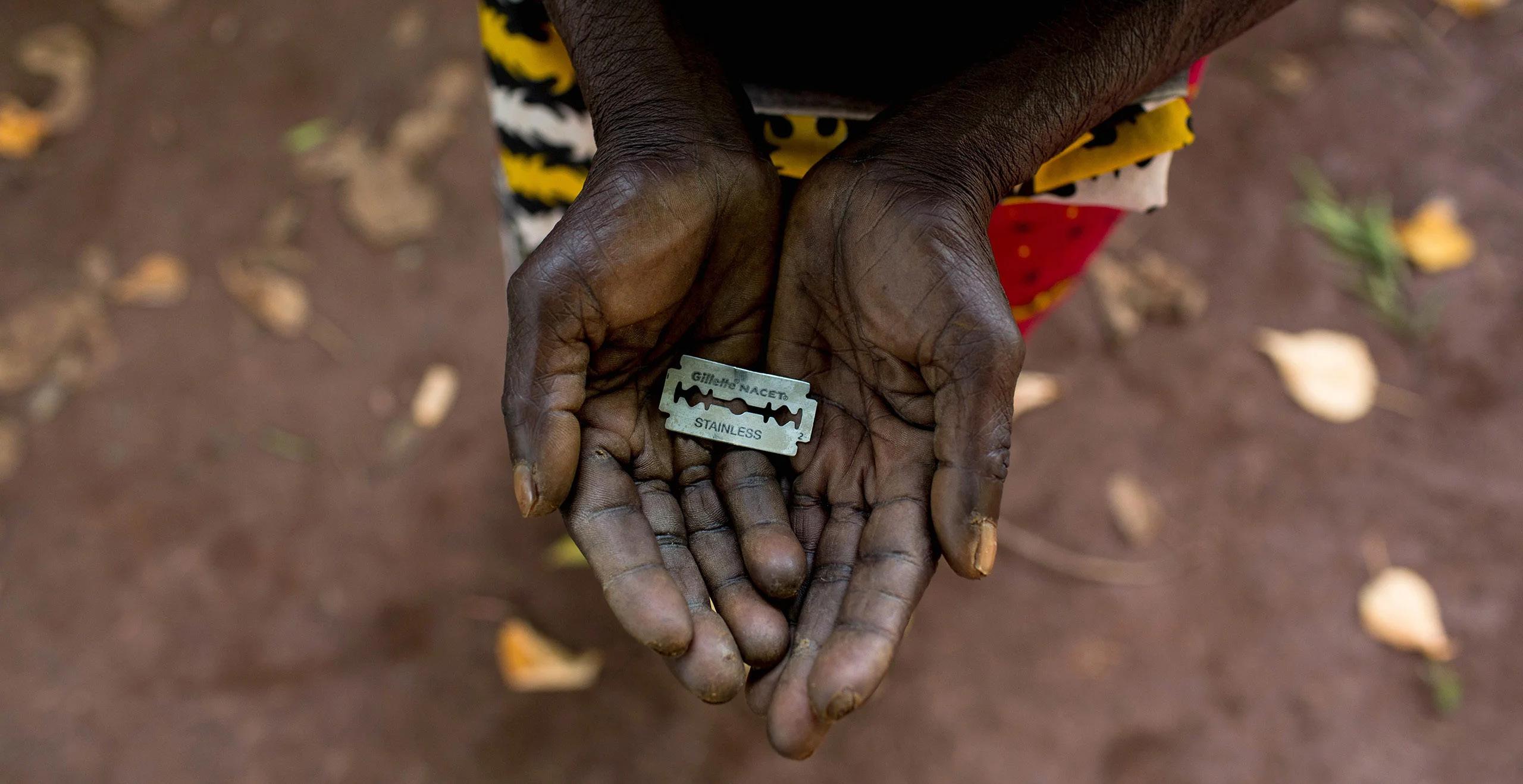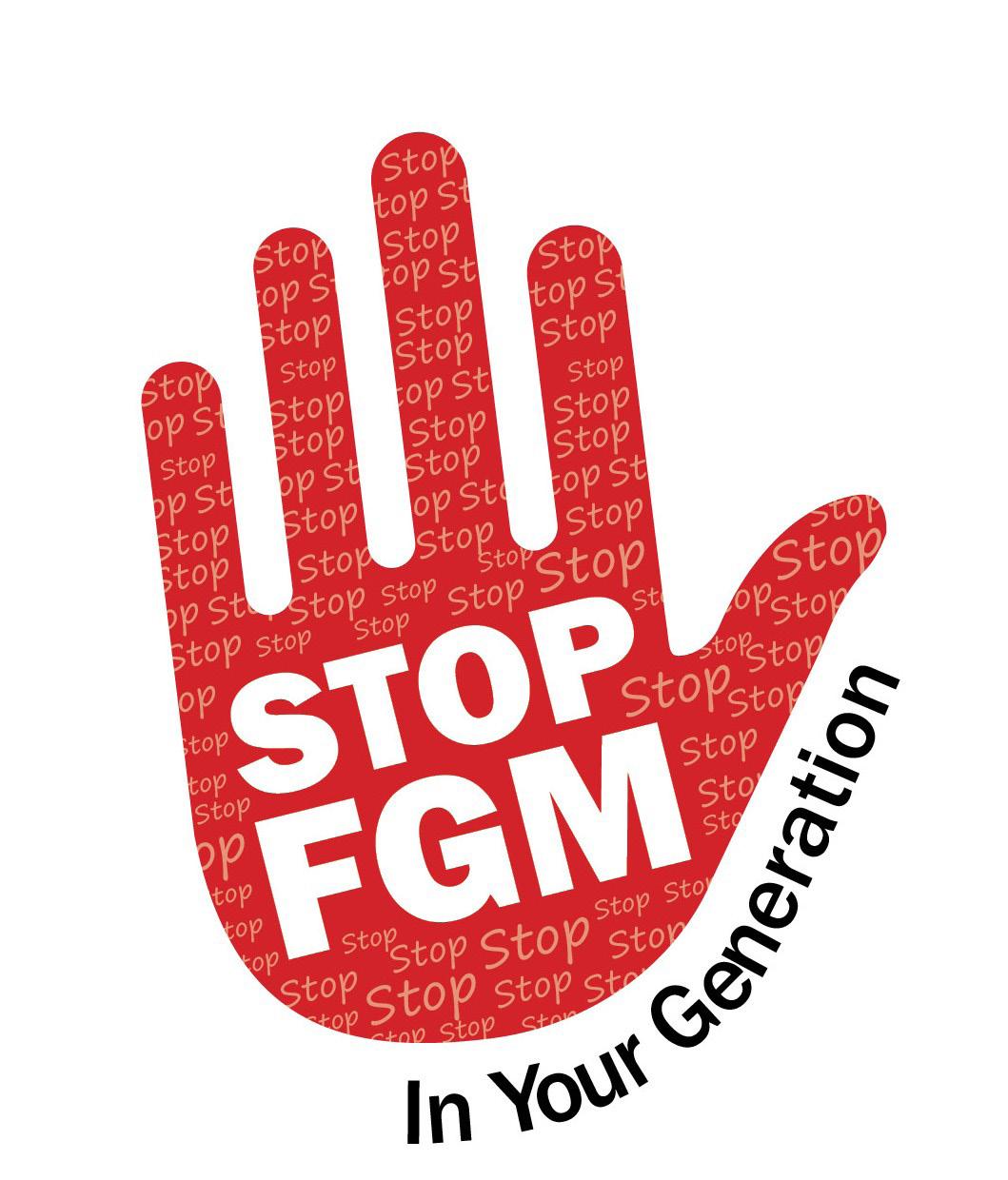
5 minute read
International day for zero tolerance of Female Genital Mutilation (FGM)
By Verah Mugambi & Elizabeth Wambui
Female Genital Mutilation (FGM) comprises all procedures that involve altering or injuring the female genitalia for non-medical reasons and is recognized internationally as a violation of the human rights of girls and women.
Advertisement

The International Day of Zero Tolerance to Female Genital Mutilation is an awareness day marked annually every 6th of February to educate the public on issues of FGM and mobilize political will and resources to eradicate it.
This year’s theme is; “Partnership with Men and Boys to transform Social and gender Norms to End FGM.” The theme is a call to mobilize and involve everyone in eradicating FGM and promoting positive gender
(KDHS), 2022, the prevalence among women aged 15-49 fell from 38 percent in 1998, 32% in 2003, 21% in 2014, and further down to 15 percent in 2022. The declining trend results from massive investment in programmatic, policy, and legal measures toward eliminating this practice.
Newsline had a one-on-one with Dr. Stephen Mutiso, KNH’s obstetrician-gynecologist, for ten years and expounded on FGM.
What is the history of FGM, and why was it performed?
FGM is an outdated cultural practice that has been there in most of our communities. It was and is being practiced as a rite of passage to signify a woman maturing from childhood. In some communities, this practice aims to ‘tame’ women sexually.
How do you treat patients who have undergone FGM?
Girls who undergo female genital mutilation face short-term complications such as severe pain, shock, excessive bleeding, infections, and difficulty in passing urine, as well as long-term consequences for their sexual and reproductive health and mental health, i.e., most complain of experiencing much pain during sex due to the narrowing of the genitalia. In such cases, reconstructive surgery can be done to remove the scar tissue and enlarges the genitalia for better sexual function.
Also, for women in labor, scarring poses difficulties in delivery as the passage loses elasticity. In such cases, episiotomy is done to widen the birth canal; this procedure can sometimes be performed in subsequent births.
We have had cases of some women come later in life who want their sexual function to be restored. In most cases, the clitoris is severely trimmed or removed. A restorative procedure called clitoroplasty can be done to reconstruct the clitoris. This procedure generally has good results, with most patients reporting improved sexual function.
How do you help FGM victims deal with psychological trauma?
For most girls and women, FGM happens without consent; hence, much psychological trauma is attached. Also, in most cases, anesthesia is not used; therefore, there is intense and severe pain experienced by the girl in the event of FGM, which can cause severe mental trauma.
While treating FGM complications, we involve mental health specialists for counseling and psychological therapy of the patient.
Are there different forms of FGM?
The procedure of FGM varies from community to community. Remember, FGM is any alteration of the female genitalia for non-medical purposes. This may involve removing part of the clitoris (clitoridectomy) and the labia minora and labia mijora. Stretching of parts of the female genitalia is also considered FGM.
Is there any connection between FGM and the risk of getting HIV/ AIDS?
Yes, a high risk. Since FGM practices occur at the community level, the blades and other tools are not sterilized and can pass infections. There is also the aspect of sharing instruments between the different girls during the procedures.
Does FGM affect the flora of the female genitalia?
FGM may not necessarily affect the vaginal flora. However, FGM practices encourage other cultural forms of treatment which may affect vagina flora. For example, when a girl has an excessive discharge, they are advised to introduce foreign objects to their genitalia, yogurt, among others. FGM scarring can also create a covering on the urethra that prevents the free flow of urine, which leads to urinary tract infections.
In your opinion, what’s the best way to eradicate FGM?
FGM is a deeply rooted cultural practice; hence, I believe the best way to eradicate it is by creating awareness on the grass root. Sensitization and frequent education on FGM’s short-term and longterm effects can go a long way to eliminating it. It is a harmful practice that should stop. It has no benefit whatsoever.
How many cases of FGM do you get?
Kenyatta being a referral hospital, we get the most complicated cases of FGM who come in as referrals. The patients are first attended at the accident and emergency unit. Those with severe and life-threatening complications are admitted to the wards while stable patients are linked to the gynecology clinics.

MAIN PHOTO: STEVEN ARWA Dr. Stephen Mutiso, KNH’s obstetrician-gynecologist










